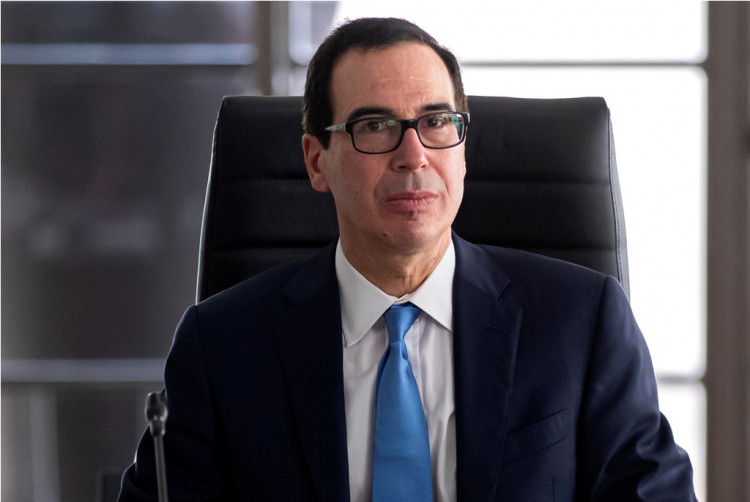Several Asian stocks recovered slightly on Friday morning's trading following the shock slump of U.S. Treasury yields on Thursday that sent global stock markets in a frenzy. Investors remain cautious of making a move as they watch developments in the yields.
According to CNBC, the Shanghai composite rose by 0.62 percent, the Shenzhen composite saw an increase of 0.903 percent, while the Ping An Insurance Group's shares jumped by 2.52 percent.
The Topix index increased by 0.17 percent, Japan's Nikkei 225 recovered slightly, while the Hang Seng index advanced by 0.45 percent. However, other Asian stocks did not bode well with news of the U.S. Treasury yields' 30-year low record on Thursday.
Australia's S&P/ASX 200 index traded a little lower than its previous closing, LG Chem stocks dropped 1.24 percent, the Kospi declined by 0.86 percent, and SK Hynix shares shed 1.3 percent.
The mixed reactions from Asian stock markets came amid the historical and shocking drop in American bond yields. The decline was brought about by an inversion in U.S. Treasurys interest rates that were used as indicators for potential economic recessions over the past decades.
Despite the decline in some Asian shares, oil prices bounced back on Friday morning. U.S. crude futures advanced by 1.06 percent while Brent crude futures rose by 0.76 percent, with per-barrel prices standing at $55.05 and $58.67 respectively.
Meanwhile, some financial experts predicted that the U.S. Treasury may start stepping up efforts in funding a gigantic budget deficit. Among the possible moves, the Treasury will make include ramping up bonds and issuance of bills in a bid to finance its expected $1 trillion deficit.
The Treasury is also expected to borrow more funds as it seeks to cover the fiscal deficit brought about by U.S. President Donald Trump's tax cuts two years earlier. In July, the Treasury announced plans to borrow around $814 billion within the July to December period.
Analysts have already started questioning whether the American financial system has enough liquidity to offer for short term targets to meet the wide gap in budget supply.
Director of Macro Stratefy at Oxford Economics, Gaurav Saroliya, said in a note on Wednesday that the U.S. dollar "is reaching a point where it may require drastic action if measures aren't taken to address it soon."
Investors have yet to express optimism over developments in the U.S. Treasury's yields. Financial experts also questioned whether government bonds are still safe and will overcome their biggest challenge yet in three decades.






